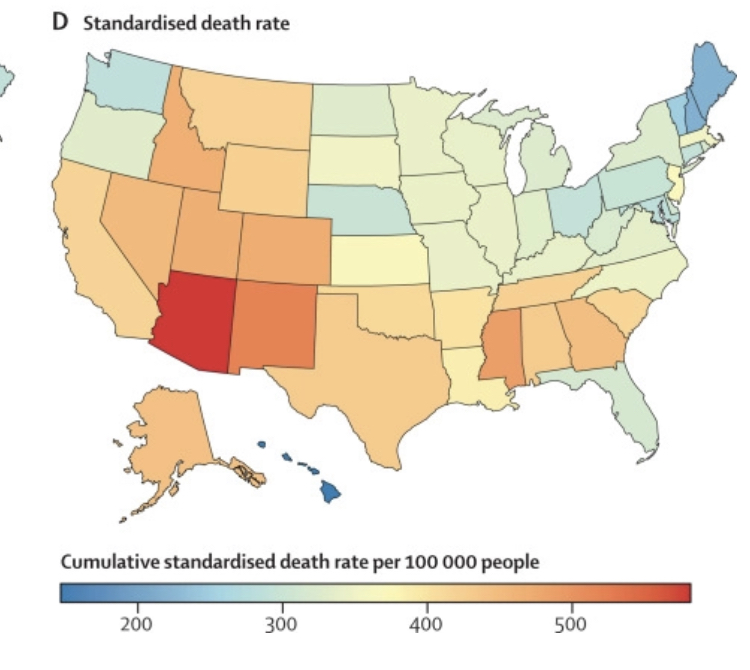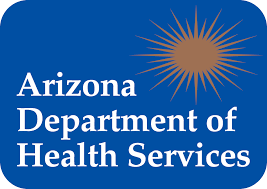HCR2039 governor; state of emergency is a House Resolution that’s an existential threat to emergency management in Arizona. It poses a huge potential threat to not just public health emergency responses – but to overall emergency management. See: Scottsdale lawmakers want more legislative oversight over emergency declarations.
It would end Governor-proclaimed states of emergency after 30 days (including public health emergencies) unless extended by the Legislature in 30-day increments. It would impact all declared emergencies like floods, fires, chemical spills, and other kinds of disasters – not just public health emergencies.
Here’s why it’s so bad for emergency management:
The 4 pillars of Emergency Management are Mitigation, Preparedness, Response and Recovery. The Response part of many if not most state-declared emergencies (think wildfires) often last more than a month. If this becomes law, all of them would expire after 30 days unless the legislature acts (whether they’re in session or not). If the legislature doesn’t extend the authority, the response would just end. Money flows would likely stop and the people impacted would be out of luck.
The Recovery portion of Arizona emergency responses would be damaged the most. The Recovery phase always lasts a lot longer than the response. The response part of a flood disaster includes things like rescuing people, cleaning up the roads, moving earth and the like. The Recovery phase includes fixing the drainage culverts, roads, and the uphill hazards like loose uphill boulders.
If HCR2039 ends up on the ballot and passes, the Recovery phase of emergency response would basically not happen. The flow of money and authority to do the recovery work would have ended. There is no way to get a quorum & a majority of legislators to keep reauthorizing emergencies – especially when they’re not in session.
Because HCR2039 would change the state constitution, it would need to be approved by the voters at the November 2024 election to be effective. It has already passed the full House (31-28) & the Senate Government Committee. All that remains is the Senate Rules committee and then the full Senate, where it’s likely to pass on a party line vote.
It will then go on the November 2024 ballot (it doesn’t need Hobbs’ signature to get on the ballot).
Would voters put in the time to understand how this would impact emergency management and vote it down? Maybe… but there are also bad actors that might intentionally confuse folks into changing our constitution in a way the permanently disables emergency management in Arizona.
Let’s hope at least one Republican Senator is paying attention and either votes no or ‘takes a walk’ and sinks this before it gets to the ballot.







